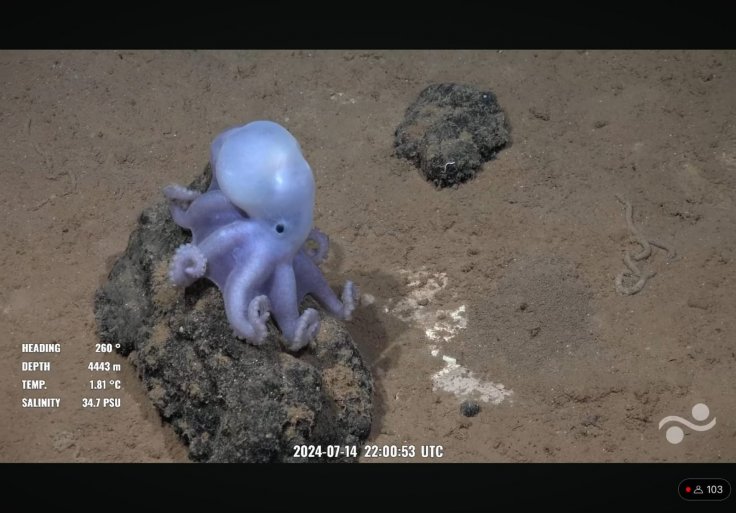Oceanographers have made a stunning discovery of a massive undersea mountain off the coast of Chile, which is taller than Greece's Mount Olympus. This seamount, found nearly 900 miles from South America, reaches an impressive height of 1.9 miles (around 10,032 feet) from the Pacific Ocean floor. It was discovered by researchers from the Schmidt Ocean Institute of California during a 28-day expedition on their research vessel, R/V Falkor.
Using advanced sonar technology, the team mapped the sea floor by sending sound waves from the vessel's hull, which bounced back to reveal the topography of the seabed. "Sound waves go down, they bounce back off the surface, and we measure the time it takes to come back," explained Jyotika Virmani, executive director of the Schmidt Ocean Institute. "From that, we get a really good idea of the seabed topography."
This newly discovered mountain is home to a thriving and diverse ecosystem, including many rare sea creatures. Among the fascinating finds was a rare Promachoteuthis squid, filmed alive for the first time on the mountain. The team also spotted the ghostly white "Casper Octopus," which had never been seen in the southern Pacific before and remains unnamed due to its rarity. Additionally, two unusual Bathyphysa siphonophores, dubbed "flying spaghetti monsters" because of their long, string-like appearance, were observed on the seamount.

The discovery also revealed the mountain's surface was covered in ancient corals and sponge gardens, which provide vital habitats for various marine species. The seamounts are crucial to ocean life, offering shelter and breeding grounds for fish and other creatures, some of which are found nowhere else. Scientists estimate that at least 100,000 seamounts taller than 1,000 meters exist globally, each hosting unique sea life.

The Schmidt Ocean Institute's expeditions have brought attention to the Nazca Ridge, a region that could soon gain protection as the first marine area in international waters under a United Nations treaty adopted in 2023. "Across the three expeditions, we managed to map and explore 25 seamounts," Virmani noted. "We've gathered substantial data that supports the case for protecting this fascinating region."
Before these expeditions, scientists had documented around 1,019 species in this part of the Pacific Ocean. Now, that number has increased to 1,300. This discovery shows the vast unknown biodiversity of our oceans, with 75% of the seafloor still unmapped, despite covering 71% of Earth's surface.
The findings underscore the need for continued exploration and conservation of the world's oceans, particularly in these unique and largely unexplored areas, to understand and protect marine life better. The discovery of this massive undersea mountain is a reminder of the wonders still hidden beneath the ocean's surface.









